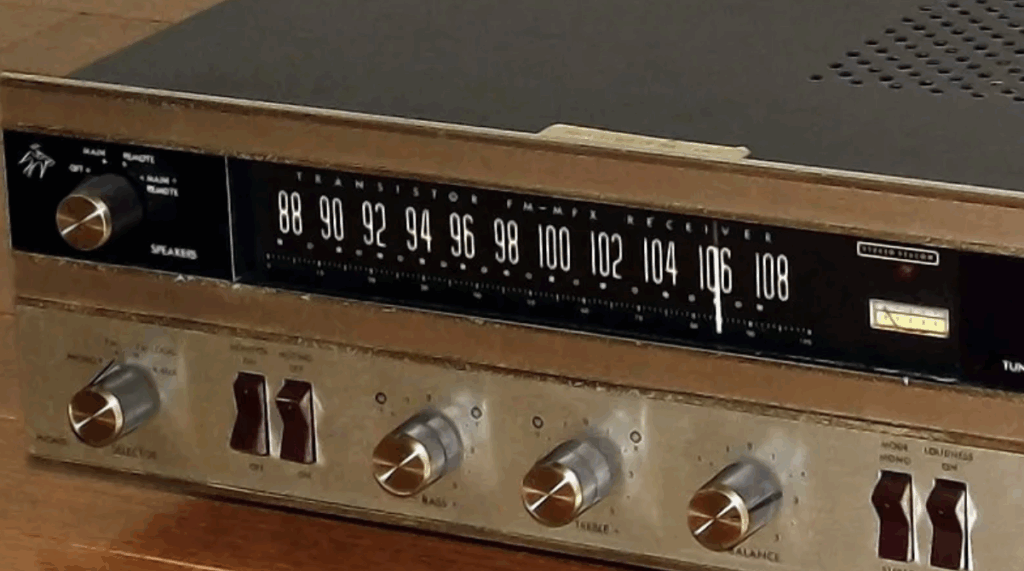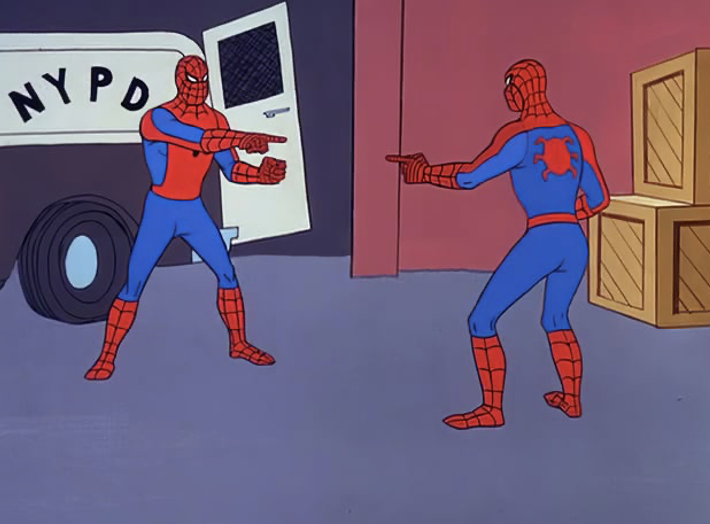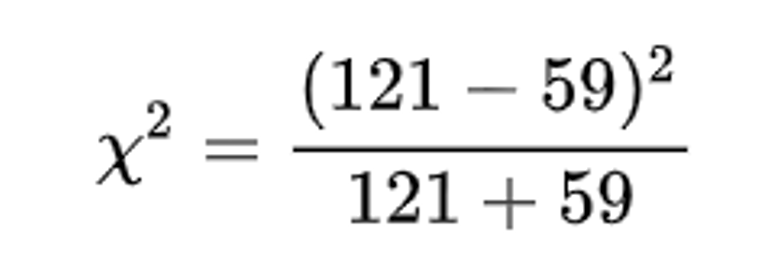
At first glance, radiomics sounds like the name of a futuristic radio station:
“Welcome back to Radiomics FM, where all your favorite tumors are top hits!”
But no, radiomics isn’t about DJs, airwaves, or tuning into late-night medical jams. Instead, it’s about something even cooler: finding hidden patterns buried deep inside medical images and letting ML models “listen” to what those patterns are trying to say.
Imagine staring at a blurry shadow on the wall. Is it a cat? A chair? A really bad haircut?
Medical images, like CT scans, MRIs, and ultrasounds, can feel just as mysterious to the naked eye. They’re full of shapes, textures, and intensity patterns that look like a mess… until you start digging deeper.
That’s where radiomics comes in. Radiomics acts like a detective with a magnifying glass, picking out tiny, subtle clues inside the fuzziness. It systematically extracts hundreds, sometimes even thousands, of quantitative features from images, including:
- Texture features (like entropy, smoothness, or roughness)
- Shape descriptors (capturing the size, compactness, or irregularity of objects)
- First-order intensity statistics (how bright or dark different regions are)
- Higher-order patterns (relationships between pixel groups, like GLCM and GLRLM matrices)
Each of these features gets transformed into structured data, powerful numbers that machine learning models can analyze to predict clinical outcomes. Instead of relying only on human interpretation, radiomics opens a new window into understanding:
- Will the tumor grow fast or stay slow?
- Will the patient respond well to a certain treatment?
- Could we detect early signs of disease long before symptoms appear?
Fun Fact: Radiomics can spot differences so subtle that even expert radiologists can’t always detect them. It’s like giving X-ray vision… to an already X-rayed image. By turning complex images into rich datasets, radiomics is revolutionizing how we approach personalized medicine. It allows researchers to build predictive models, identify biomarkers, and move toward earlier, more accurate diagnoses without the need for additional invasive biopsies or surgeries.
Radiomics reminds us that in science, and in life, what we see isn’t always the full truth. Sometimes, it’s the quiet, hidden patterns that matter most. So next time you see a grayscale ultrasound or a mysterious CT scan, remember: Behind those shadows, there’s a secret world of patterns and numbers just waiting to be uncovered.
Now, try using radiomics in a sentence by the end of the day!
Serious: “Radiomics enables earlier detection of subtle tumor changes that are invisible to the human eye.”
Not so serious: “I’m using radiomics to decode my friend’s emotions, because reading faces is harder than reading scans.”
See you next time in the blogosphere, and don’t forget to tune out Radiomics FM!
Phoebe (Shih-Hsin) Chuang











